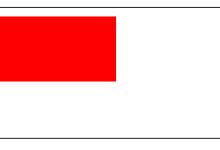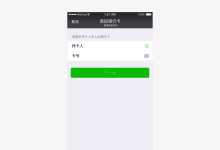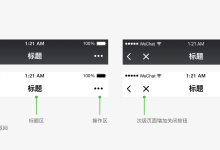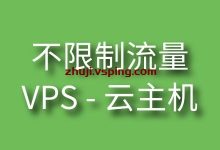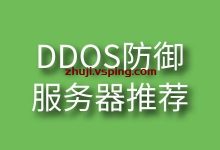组件间关系
定义和使用组件间关系
有时需要实现这样的组件:
<custom-ul>
<custom-li> item 1 </custom-li>
<custom-li> item 2 </custom-li>
</custom-ul>
这个例子中, custom-ul 和 custom-li 都是自定义组件,它们有相互间的关系,相互间的通信往往比较复杂。此时在组件定义时加入 relations 定义段,可以解决这样的问题。示例:
// path/to/custom-ul.js
Component({
relations: {
'./custom-li': {
type: 'child', // 关联的目标节点应为子节点
linked: function(target) {
// 每次有custom-li被插入时执行,target是该节点实例对象,触发在该节点attached生命周期之后
},
linkChanged: function(target) {
// 每次有custom-li被移动后执行,target是该节点实例对象,触发在该节点moved生命周期之后
},
unlinked: function(target) {
// 每次有custom-li被移除时执行,target是该节点实例对象,触发在该节点detached生命周期之后
}
}
},
methods: {
_getAllLi: function(){
// 使用getRelationNodes可以获得nodes数组,包含所有已关联的custom-li,且是有序的
var nodes = this.getRelationNodes('path/to/custom-li')
}
},
ready: function(){
this._getAllLi()
}
})
// path/to/custom-li.js
Component({
relations: {
'./custom-ul': {
type: 'parent', // 关联的目标节点应为父节点
linked: function(target) {
// 每次被插入到custom-ul时执行,target是custom-ul节点实例对象,触发在attached生命周期之后
},
linkChanged: function(target) {
// 每次被移动后执行,target是custom-ul节点实例对象,触发在moved生命周期之后
},
unlinked: function(target) {
// 每次被移除时执行,target是custom-ul节点实例对象,触发在detached生命周期之后
}
}
}
})
注意:必须在两个组件定义中都加入relations定义,否则不会生效。
关联一类组件
有时,需要关联的是一类组件,如:
<custom-form>
<view>
input
<custom-input></custom-input>
</view>
<custom-submit> submit </custom-submit>
</custom-form>
custom-form 组件想要关联 custom-input 和 custom-submit 两个组件。此时,如果这两个组件都有同一个behavior:
// path/to/custom-form-controls.js
module.exports = Behavior({
// ...
})
// path/to/custom-input.js
var customFormControls = require('./custom-form-controls')
Component({
behaviors: [customFormControls],
relations: {
'./custom-form': {
type: 'ancestor', // 关联的目标节点应为祖先节点
}
}
})
// path/to/custom-submit.js
var customFormControls = require('./custom-form-controls')
Component({
behaviors: [customFormControls],
relations: {
'./custom-form': {
type: 'ancestor', // 关联的目标节点应为祖先节点
}
}
})
则在 relations 关系定义中,可使用这个behavior来代替组件路径作为关联的目标节点:
// path/to/custom-form.js
var customFormControls = require('./custom-form-controls')
Component({
relations: {
'customFormControls': {
type: 'descendant', // 关联的目标节点应为子孙节点
target: customFormControls
}
}
})
relations 定义段
relations 定义段包含目标组件路径及其对应选项,可包含的选项见下表。
| 选项 | 类型 | 是否必填 | 描述 |
|---|---|---|---|
| type | String | 是 | 目标组件的相对关系,可选的值为 parent 、 child 、 ancestor 、 descendant |
| linked | Function | 否 | 关系生命周期函数,当关系被建立在页面节点树中时触发,触发时机在组件attached生命周期之后 |
| linkChanged | Function | 否 | 关系生命周期函数,当关系在页面节点树中发生改变时触发,触发时机在组件moved生命周期之后 |
| unlinked | Function | 否 | 关系生命周期函数,当关系脱离页面节点树时触发,触发时机在组件detached生命周期之后 |
| target | String | 否 | 如果这一项被设置,则它表示关联的目标节点所应具有的behavior,所有拥有这一behavior的组件节点都会被关联 |

 国外主机测评 - 国外VPS,国外服务器,国外云服务器,测评及优惠码
国外主机测评 - 国外VPS,国外服务器,国外云服务器,测评及优惠码



